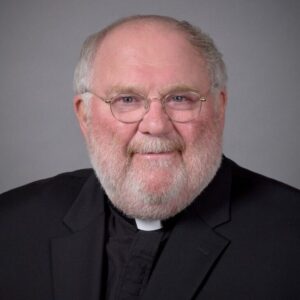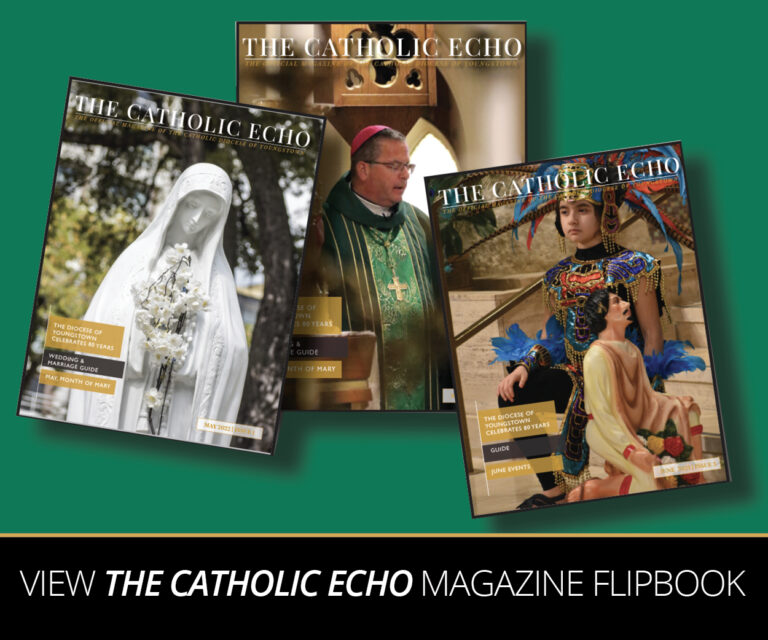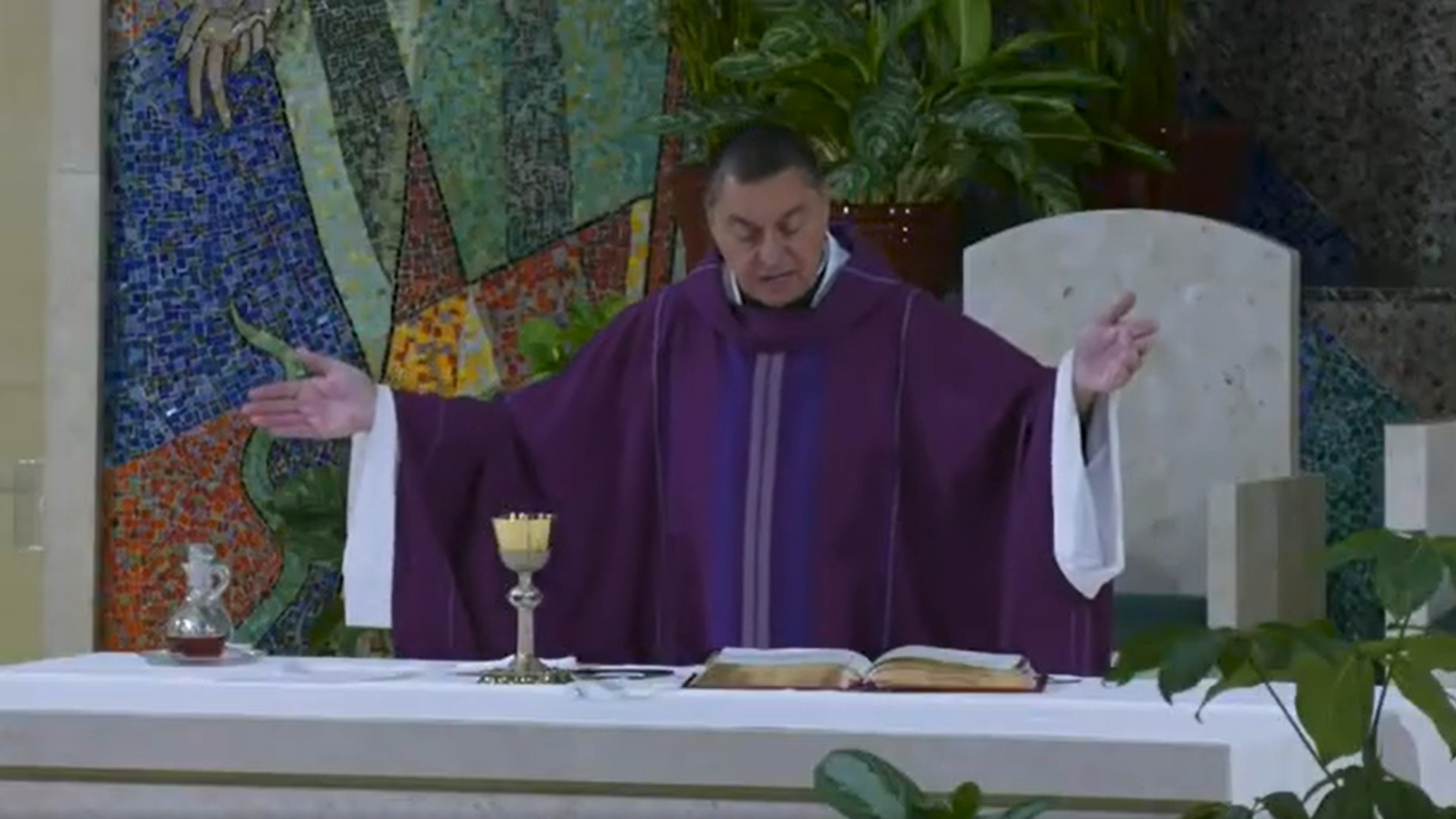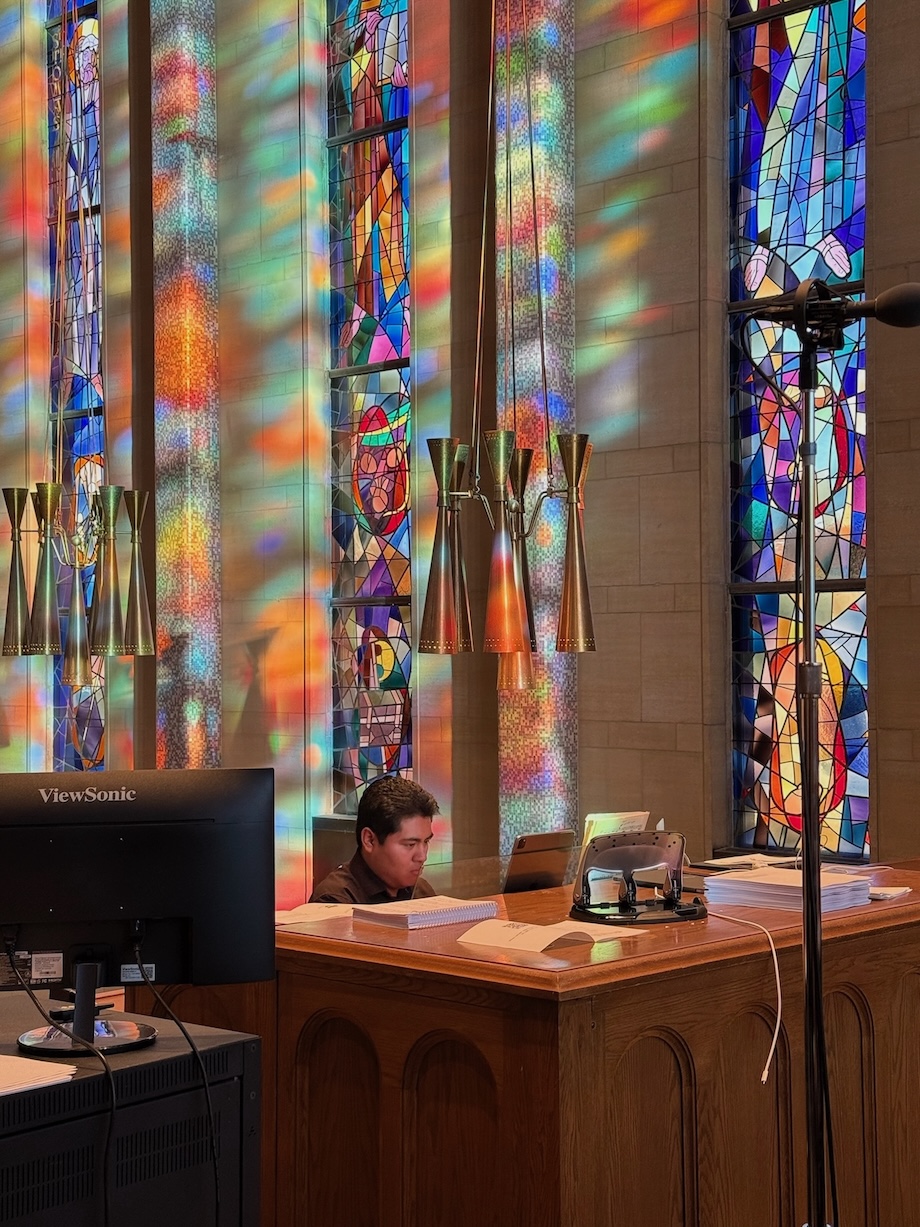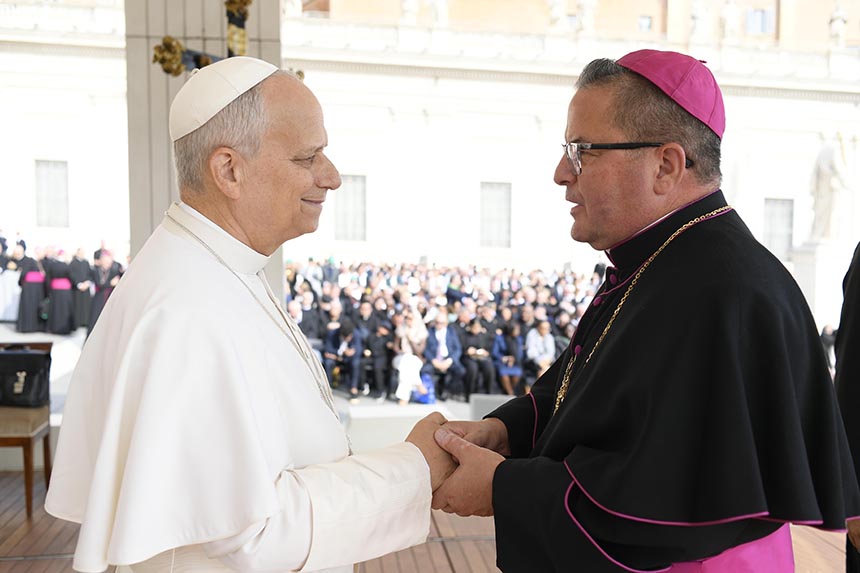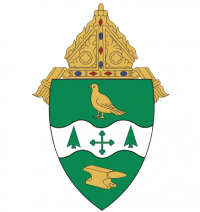“He must increase; I must decrease.” (John 3:30)
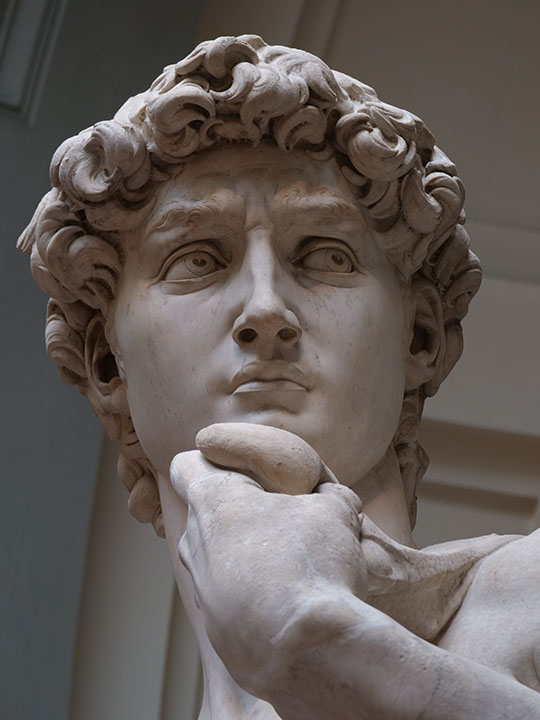
Near the center of Florence, Italy, where one finds the beautiful cathedral of Santa Maria dei Fiori (St. Mary of the Flowers), with its magnificent Brunelleschi dome, is the Galleria Academia. The Academia houses some of the most precious and ancient artifacts known to civilization. It is likely most famous for housing Michelangelo Buonarroti’s masterpiece “The David.” This treasure has a very interesting history: Michelangelo carved it out of a piece of marble that had been intended for the dome but was discarded when a flaw was discovered in the stone.
When one enters the Galleria Academia—after passing through a few exposition rooms—at the end of a long corridor stands David, illumined by the diffused light of an alabaster ceiling. What is most unfortunate is that visitors traversing that long hall usually miss four of the most interesting of Buonarroti’s works. There are four sculptures—two on each side—named Gli Schavi (“the slaves”) and I Prigionieri (“the prisoners”). They depict people but were left intentionally incomplete. All four depict men trying to “bust out” or be free of that yet uncut marble that holds them. In a similar way, though we are flawed, our good God sees us as incomplete yet cherished and beautiful.
There is an analogy here for our human condition. We are wonderfully and fearfully made—created in the image and the likeness of God. But there are so many obstacles that hold us back from being what our Creator intended us to be—we have our sins, addictions, doubts, iniquities and failings. We have much that yet needs to be chiseled out of our lives.
Bishop-elect John Keehner, in humility and wisdom, has chosen the quote above from John the Baptist as his episcopal motto, “He must increase; I must decrease.” He has done so because he knows that this is a call for everyone who is baptized; we need to make room, to decrease in order that the Lord Jesus may increase in our lives. He has chosen this motto as he leaves for a land (seemingly) far, far away, as a daily reminder to himself, to his future flock and to us whom he leaves behind, that we must all decrease so that the Lord’s presence in our lives might increase.
Just as the sculptor carves away those impediments that block the potential beauty of the piece in the sculptor’s hand, so, too, the Lord wants to do the same for us. He wants an increased part of our hearts. To this end, He has sent Jesus to help us. And Jesus has given us the Church to aid us, as a sculptor chips away those pieces that imprison His treasure. The Lord has given us the Sacraments; in particular, the Sacrament of Reconciliation for the forgiveness of our sins and the Sacrament of the Lord’s Body and Blood to nourish and strengthen us in our times of trial and temptation.
A final thought: We too, are called to be sculptors. We can assist our brothers and sisters, in a special way, as Michelangelo helped “The David,” by the gift of forgiveness. When we forgive, we carve away the burdens of anger, retribution and revenge, and we chisel away those obstacles in order that that reconciliation might emerge. Just as Michelangelo wanted the “Prisoners” to be free; Jesus wants us to be free. We, too, have the opportunity, with God’s grace, to be free and to help one another with this gift, this tool, called forgiveness.
Bishop-elect Keehner has, with his motto, offered us an invitation. As he takes on the burden and the honor of receiving the fullness of the priesthood and being ordained a direct successor of the Apostles, he bids us to embrace this motto, as he does himself.
We continue to keep Bishop-elect Keehner in our prayers. We offer him our sincere congratulations. The best gift that we can give him as he departs to follow his call is to make the motto he has chosen for himself our motto as well: “He must increase; I must decrease.”
